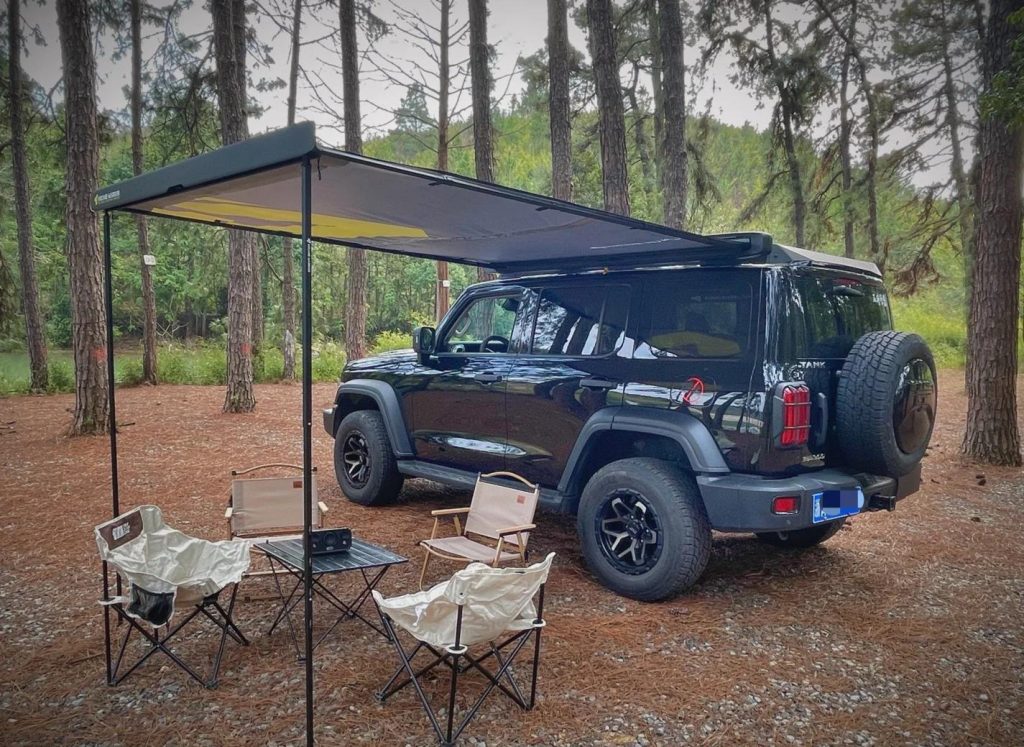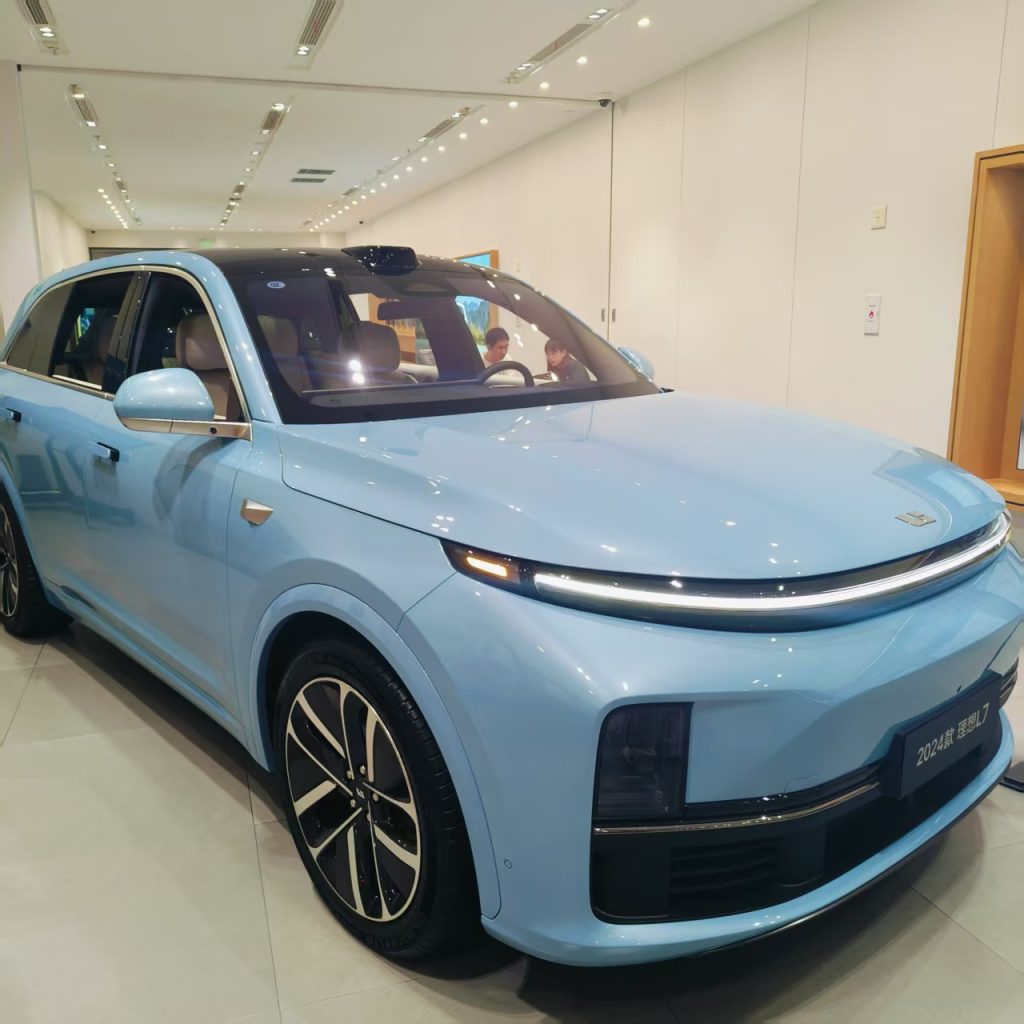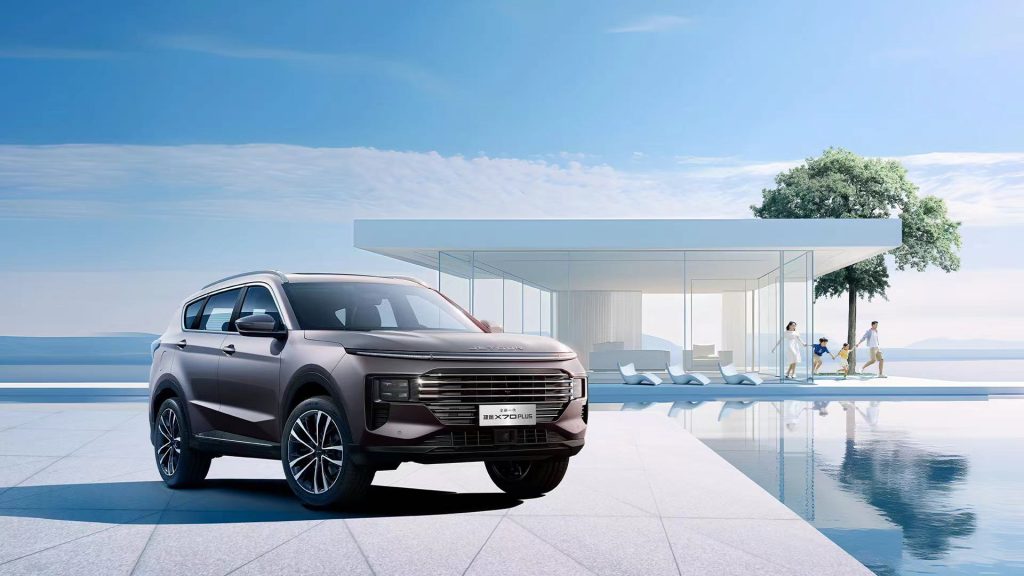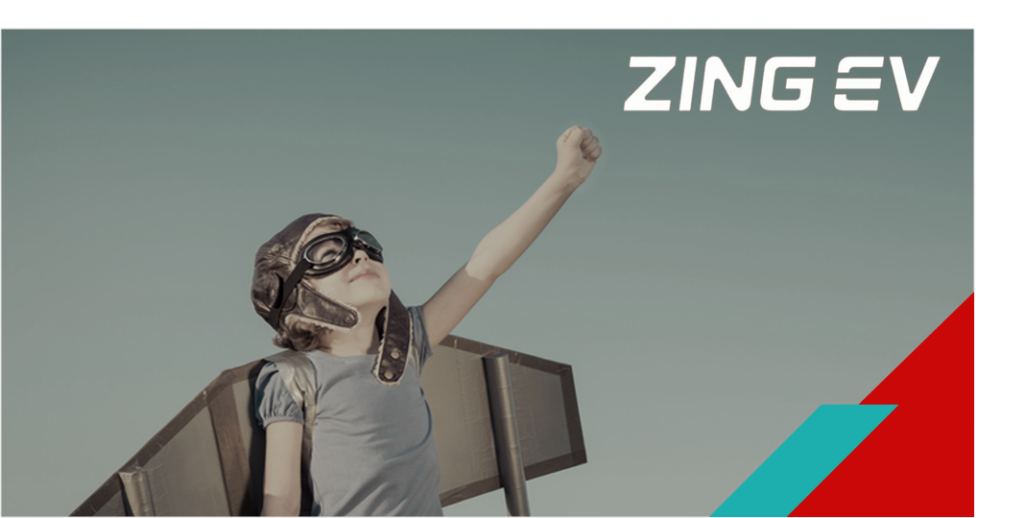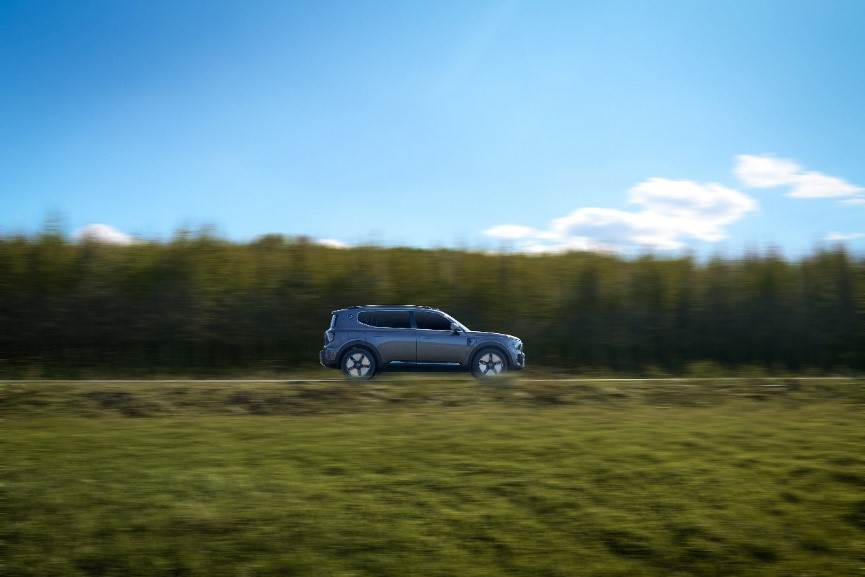When BMW first unveiled its groundbreaking Panoramic Vision display in 2023, I found myself staring at the futuristic dashboard renderings with childlike wonder. As someone who’s witnessed HUD technology evolve from basic speed projections to augmented reality marvels, this was something truly different. Fast forward to today, and Xiaomi’s YU7 has successfully brought this technology to mass production – a development that deserves closer examination beyond the surface-level spec comparisons.
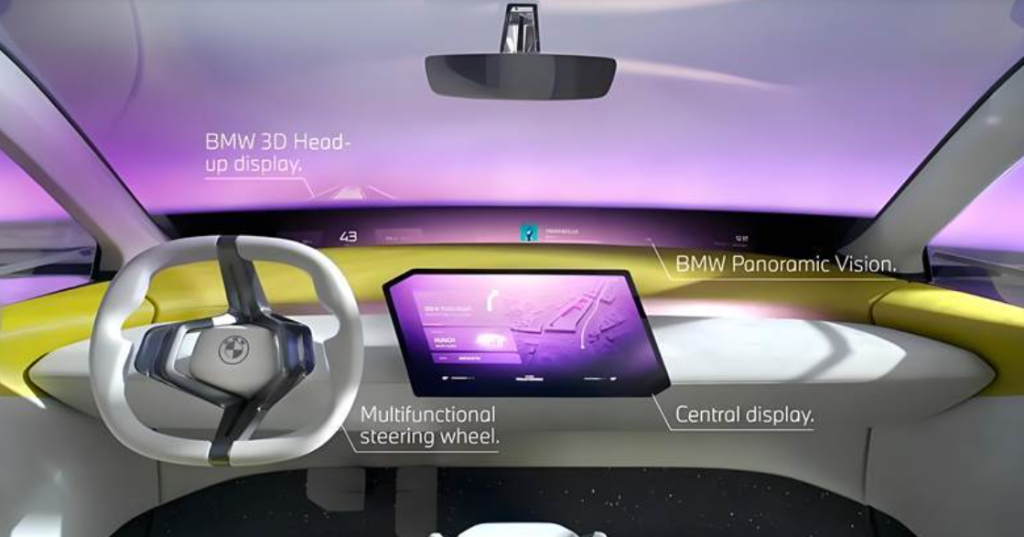
A Technical Leap Disguised in Simplicity
The genius of P-HUD lies in its deceptive simplicity. Unlike conventional W-HUD systems requiring complex optical paths with multiple mirrors, the panoramic variant projects directly onto the windshield’s lower black border area. This elegant solution achieves several key advantages:
- Reduced system volume (approximately 1L vs. 3-5L for W-HUD)
- Simplified optical architecture with just two core components: PGU and windshield
- Lower production costs estimated at 20-30% less than premium W-HUD systems

BMW’s implementation, developed with Bosch, pushes boundaries with its triple 12-inch TFT LCD configuration. Achieving 100,000:1 contrast ratio through meticulous local dimming control and specialized glass coatings represents a significant engineering feat. The sheer readability under direct desert sunlight was revelatory – no conventional instrument cluster could compete.

The Chinese Disruptor Phenomenon
Xiao mi’s rapid execution deserves particular attention. Their YU7 specification sheet reads like a direct challenge to established premium brands:
- 1300nit peak brightness (surpassing BMW’s 1000nit)
- 10°×4° field of view
- Sub-100ms system latency
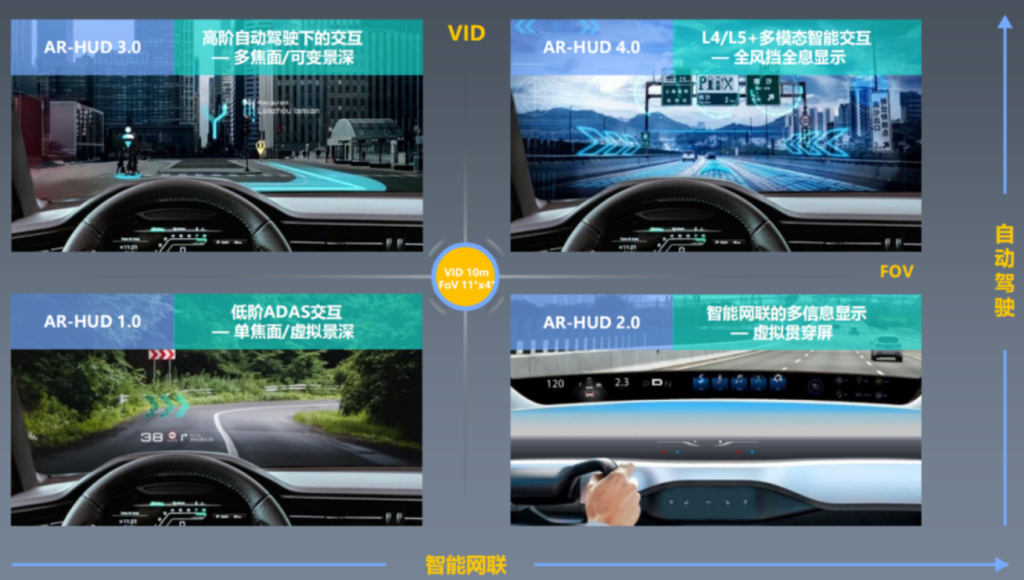
What makes this more impressive is the supply chain story behind it. Industry sources confirm Huayang Multimedia as the Tier 1 supplier – a name familiar to me personally after losing a 2024 bid to support their engineering team.
Ironically, that professional setback means I’ve never visited their Huizhou facilities, though colleagues describe an operation punching far above its weight in display technology.
Why This Matters Beyond Specifications
The true revolution isn’t in the hardware alone. P-HUD’s flat projection surface enables software innovations we’re only beginning to explore:
- Dynamic content zoning allowing simultaneous display of critical driving data and secondary information
- Native support for 3D navigation cues without complex waveguide optics
- Future-proof architecture for V2X integration
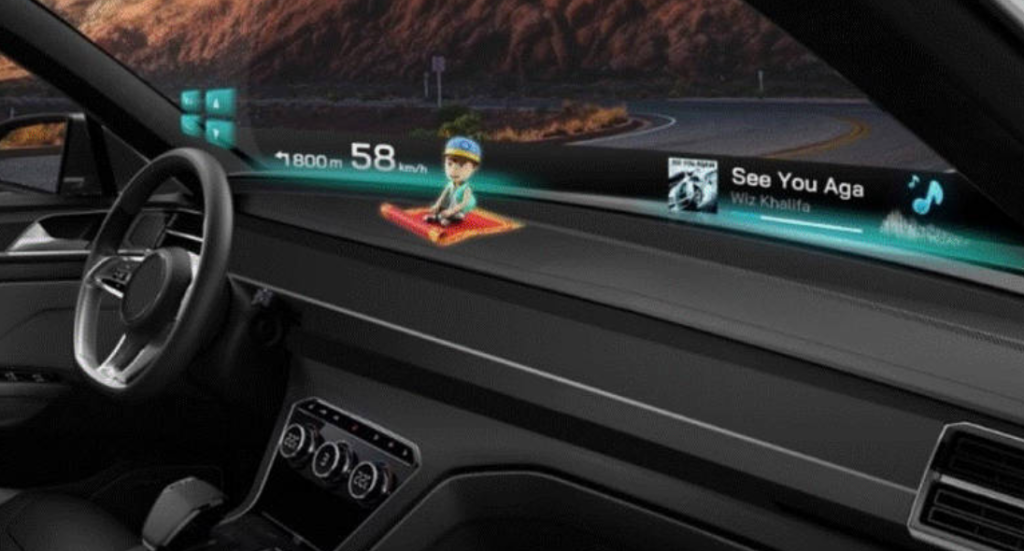
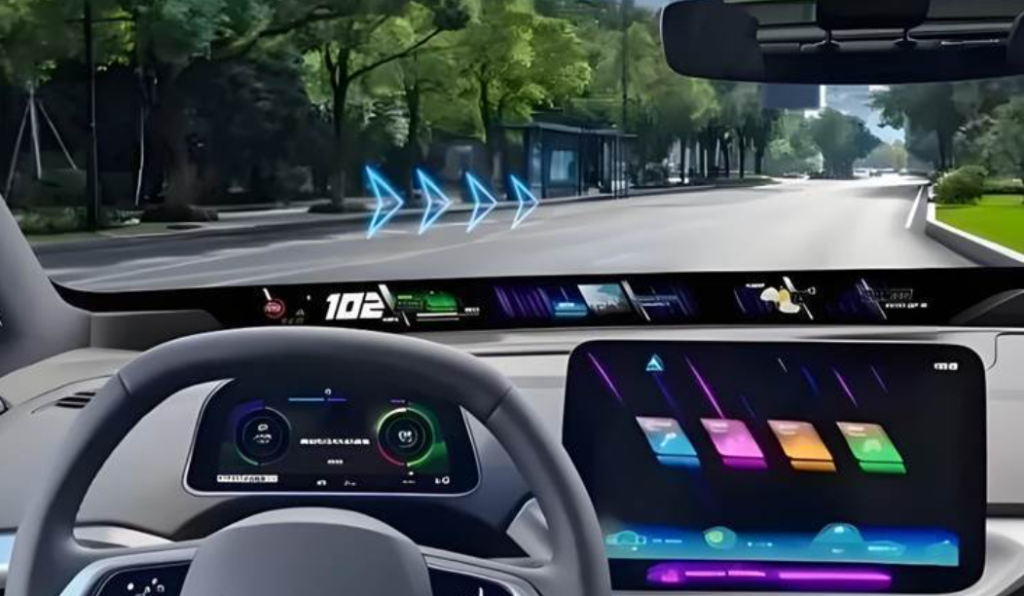
A particularly promising development is the emerging standardization around OpenXDR protocols, potentially solving the current fragmentation between Chinese tech giants’ autonomous driving ecosystems. Imagine receiving real-time traffic updates that don’t just appear as map icons, but visually “flow” across your panoramic display to indicate optimal lane positioning.
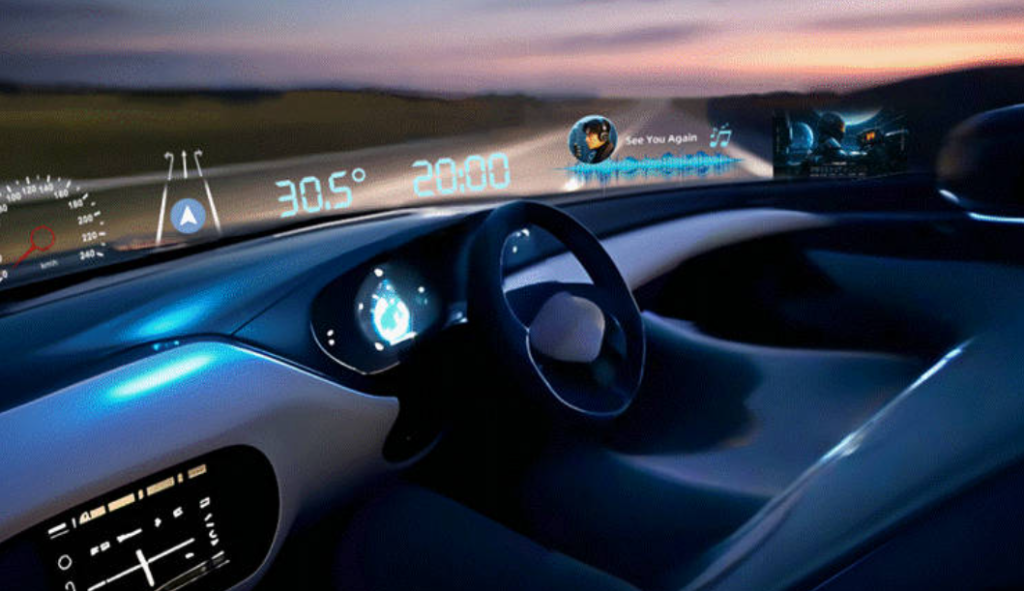

Challenges on the Horizon
For all its promise, P-HUD faces genuine obstacles:
- Windshield replacement costs could increase by 40-60% due to specialized coatings
- Current designs create unique calibration challenges during vehicle assembly
- The wider aspect ratio demands complete rethinking of UI/UX paradigms
Perhaps most critically, the industry lacks unified regulations for panoramic display visibility standards. The absence of clear guidelines creates potential safety gaps as automakers race for the most visually striking implementations.


Conclusion: P-HUD Isn’t as Mysterious as You Think- But Xiaomi’s SU7 Moves Fast as the First Mass-Produced Model!
Having tested nearly many HUD iteration of the past decade, P-HUD represents the first technology that truly feels like it could render traditional instrument clusters obsolete. While projection-type HUDs (P-HUD) aren’t entirely new, Xiaomi’s SU7 has taken the lead as the first mass-produced vehicle to adopt the technology.
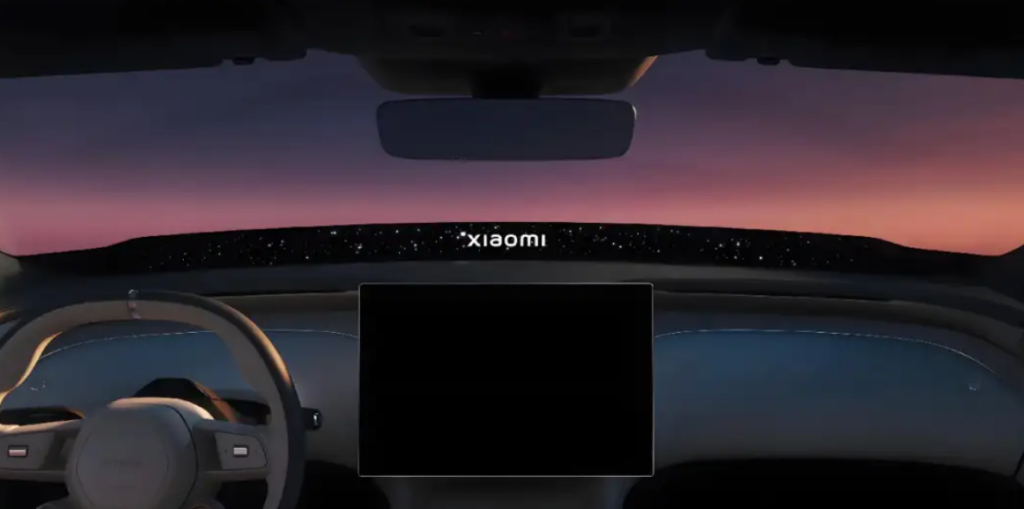
Perhaps I’m overthinking this – P-HUD’s potential is truly boundless in the long run. However, significant challenges remain in integrating P-HUD with vehicle-road-cloud coordination systems:
- Standardization fragmentation: Competing C-V2X network protocols across cities (requiring alignment between solution providers like Huawei, Baidu, and AutoNavi)
- Data sovereignty disputes: Regulatory hurdles regarding HD map licensing and cross-platform traffic data sharing
Now, I’m eager to test it in real-world conditions-particularly after two hours of continuous driving—to evaluate its Visual Comfort and Fatigue Index. But it seems Xiaomi is NOT very interested in contacting third-party professional research firms, personnels like us. It’s hard to understand their strategy.
P-HUD: P =”Project” reflects its technical method, while P=”Panoramic” describes its expanded display capability, both highlighting P-HUD’s role in enhancing driving safety and convenience.

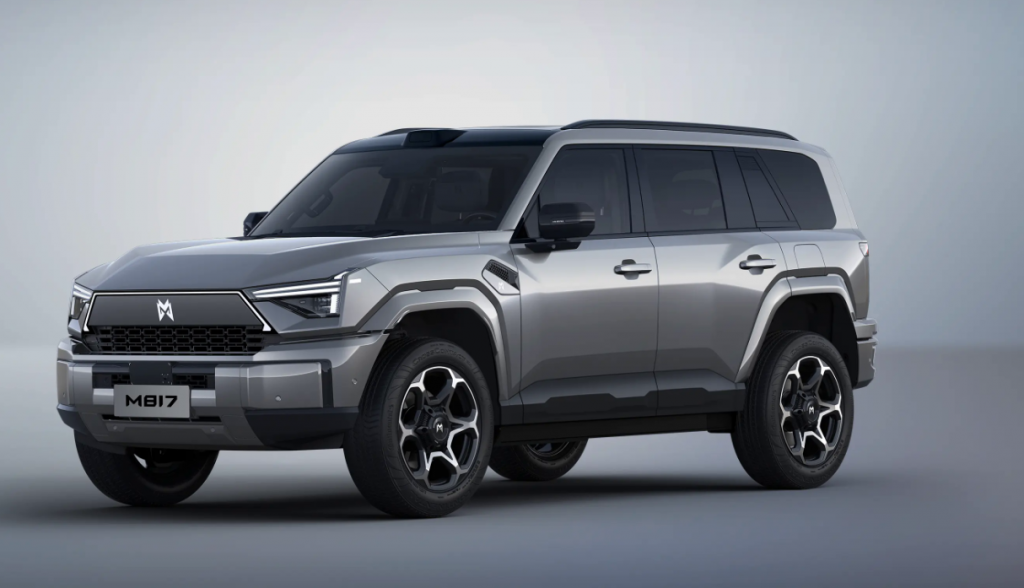
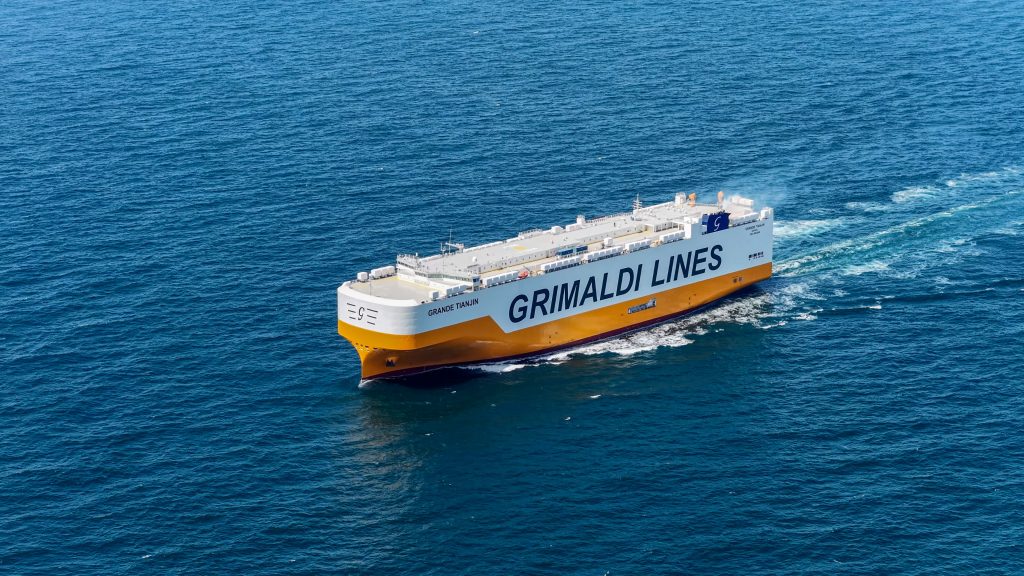


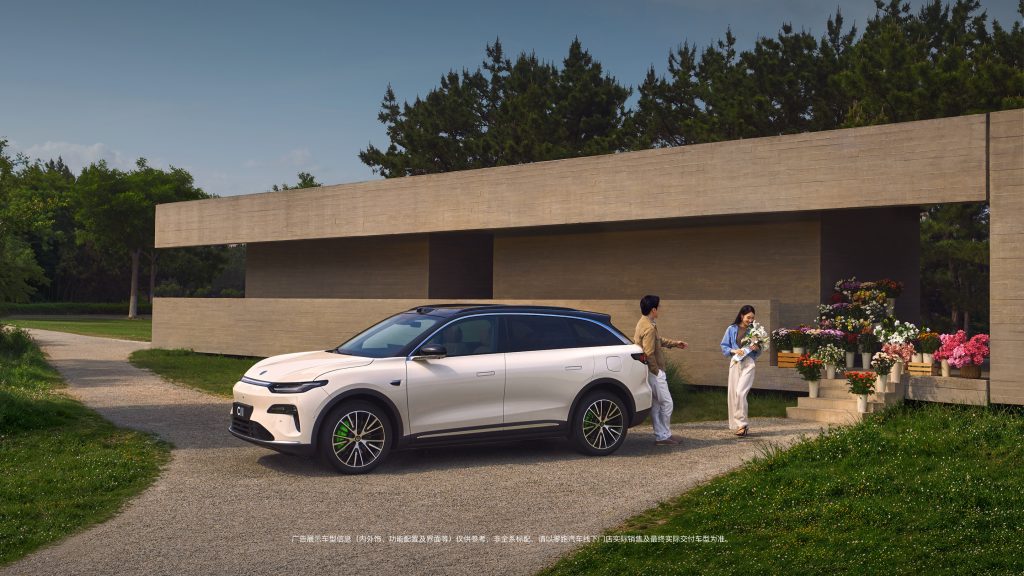
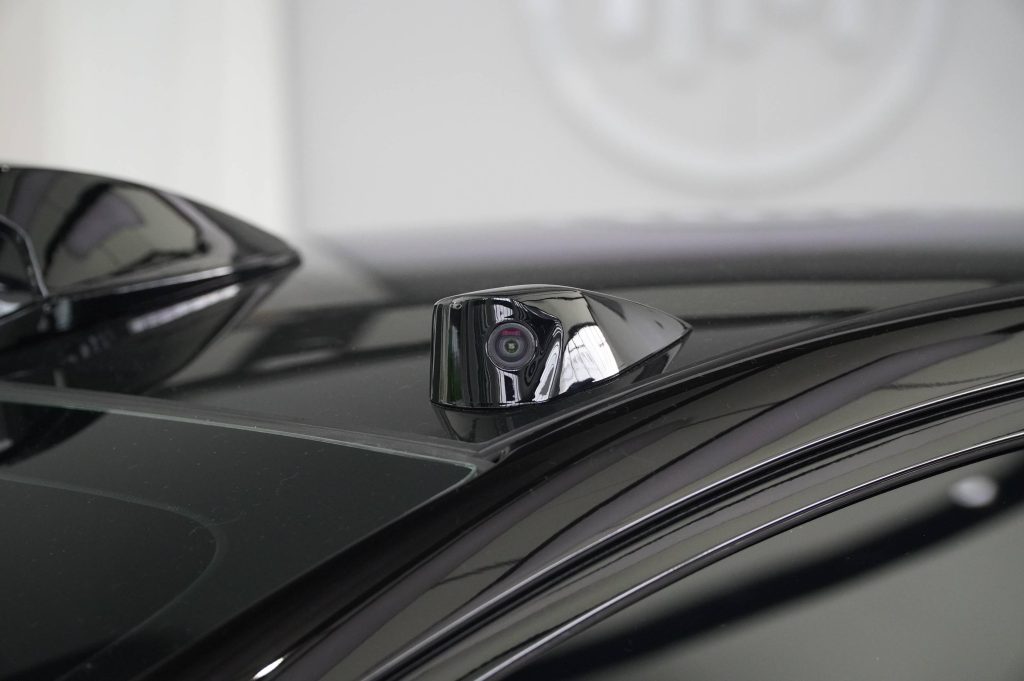
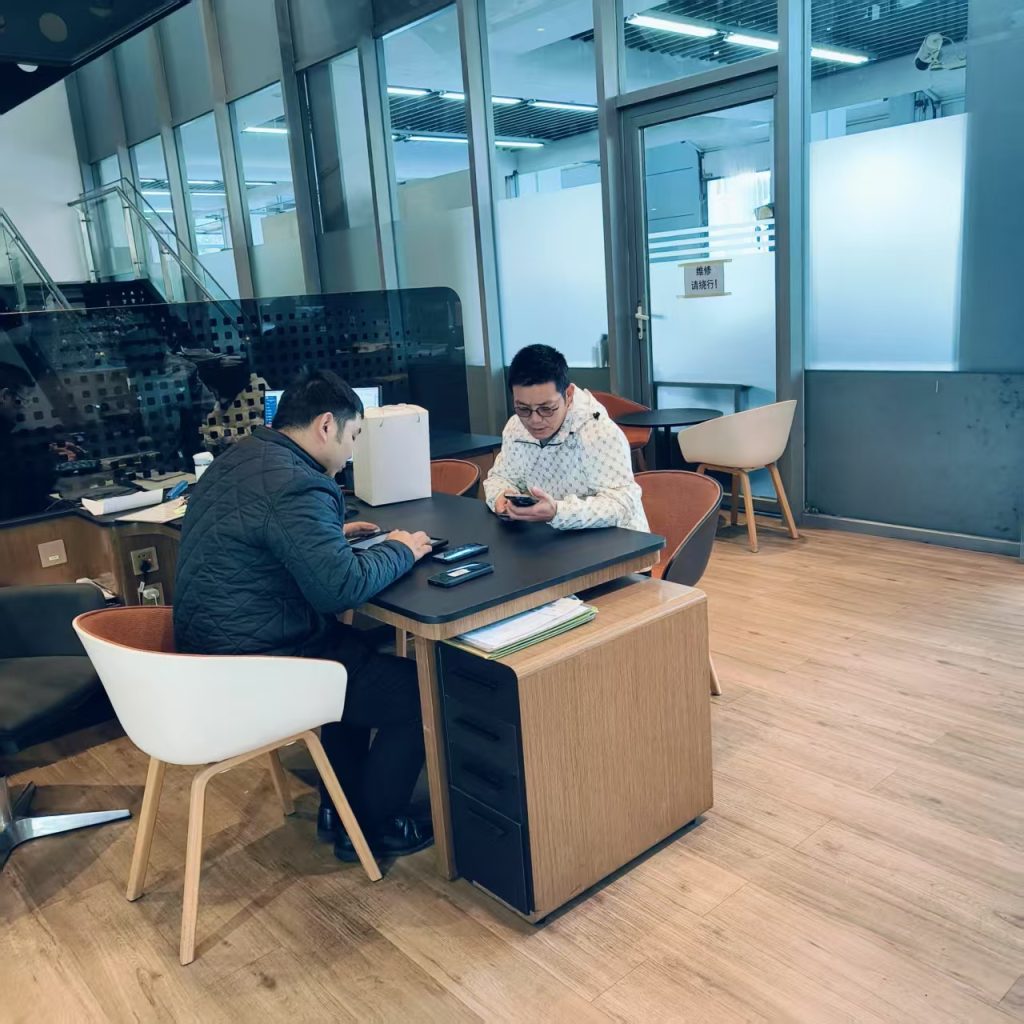
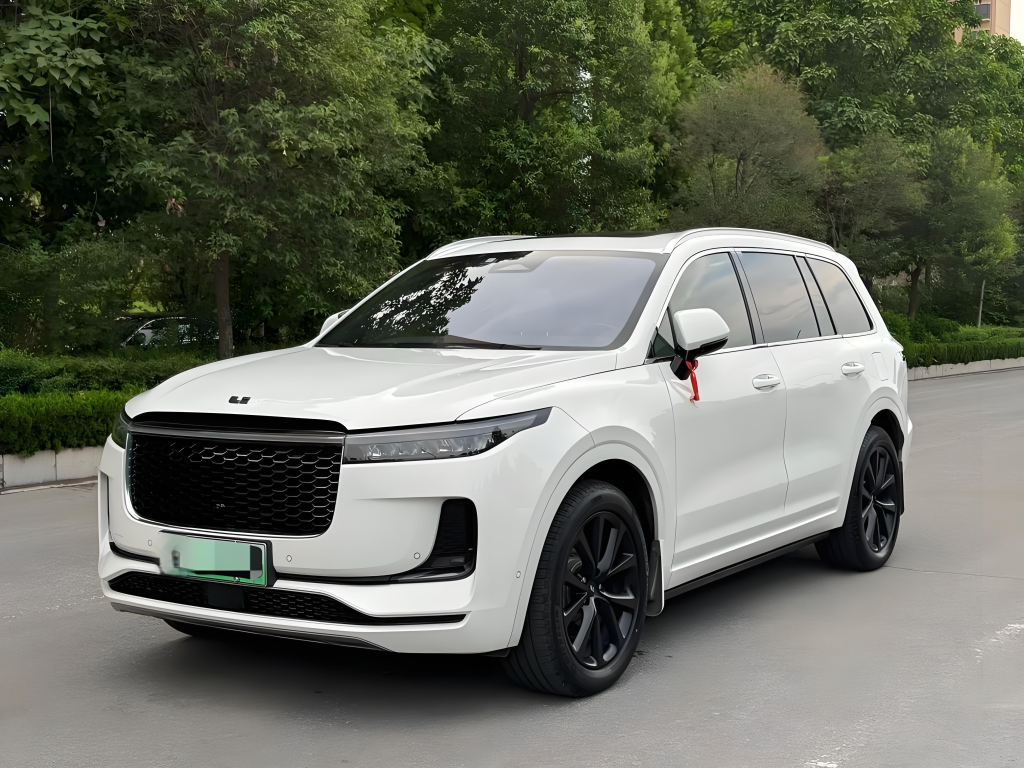
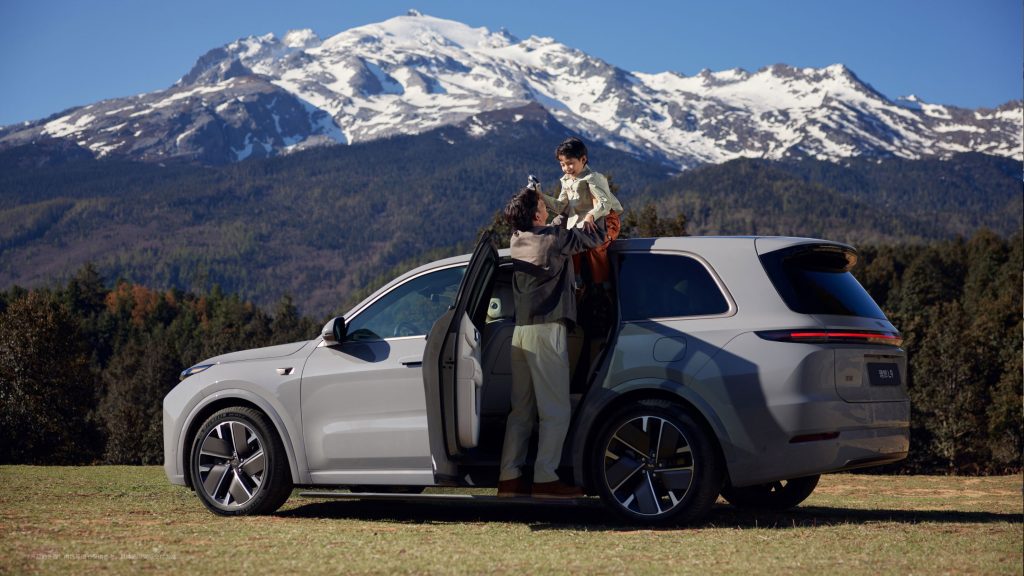
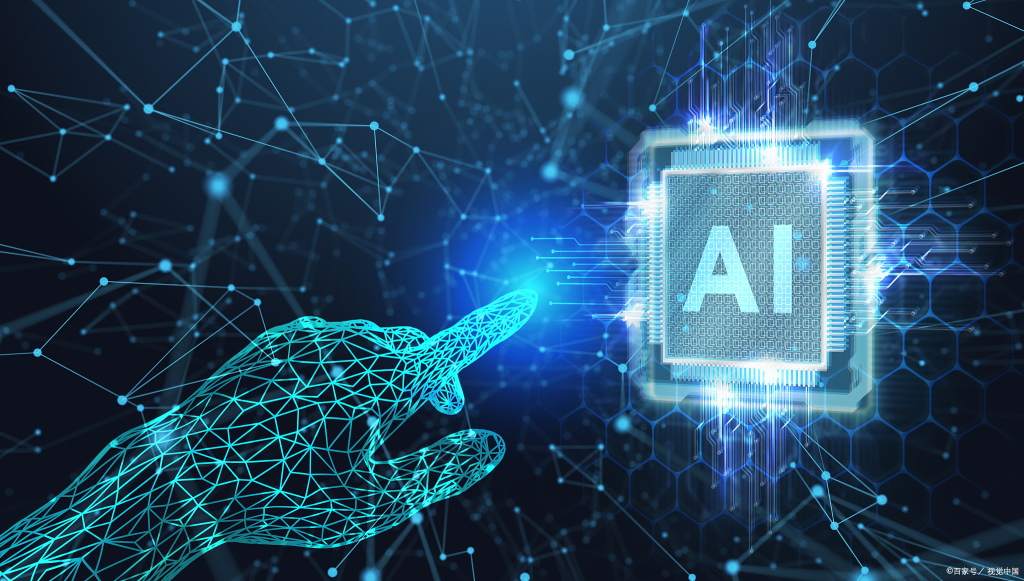
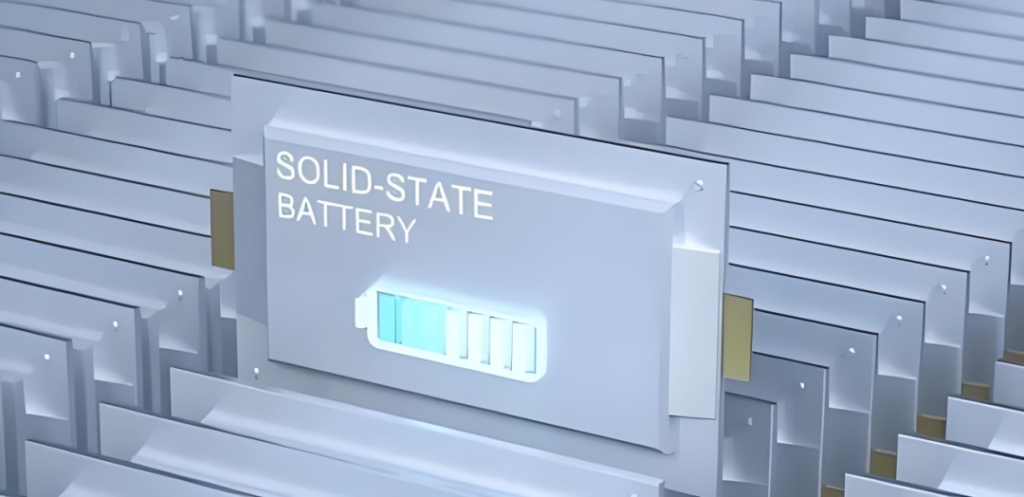
![[POLICY WATCH] CHINA’S 2025 CAR SCRAPPAGE SCHEME: HOW NEVS ARE RESHAPING THE MARKET](http://www.zingevs.com/wp-content/uploads/2025/07/388ec94d-e2cc-4894-97e0-48762c7e4d1d-1024x615.jpg)




